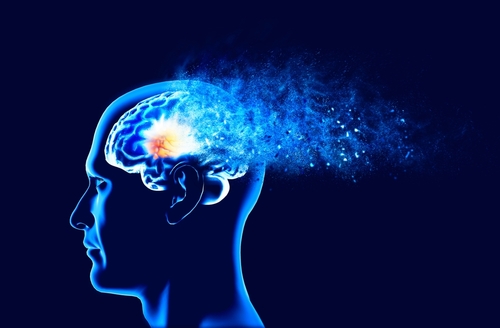In a cohort of 489 Chinese patients with Parkinson’s disease (PD), visual hallucinations (VHs) were present in 29.2% (143/489): 75 had minor VHs (MVHs) and 68 had formed VHs (FVHs). Compared with non-hallucinators, patients with VHs had longer disease duration, worse motor severity, higher Hoehn & Yahr stage, poorer sleep quality, and higher REM sleep behavior disorder scores. Obstructive sleep apnea (OSA) was common across all groups but more prevalent with increasing VH severity: 38.7% in non-hallucinators, 54.7% in MVH, and 63.3% in FVH. This gradient suggests sleep-disordered breathing may track with hallucination burden.
Polysomnography showed that VH groups had shorter total sleep time and lower sleep efficiency, higher arousal index and respiratory-related arousals, shorter sleep latency, higher N1% (lighter sleep), higher apnea-hypopnea index (AHI) with longer apnea duration, and lower nadir and mean oxygen saturation. In multivariable analysis, AHI, N1%, respiratory-related arousals, and lowest O₂ independently associated with VHs. This underscores a link between disordered breathing, fragmented/light sleep, nocturnal hypoxemia, and hallucinations in PD. These findings support routine screening for OSA and Rapid Eye Movement sleep behavior disorder in patients with PD reporting hallucinations, with targeted treatment of sleep-disordered breathing as a potential modifiable contributor.
Reference: Zhu J, Zhao Y, Jiang Y, et al. The relationship between obstructive sleep apnea and visual hallucinations in PD patients: a polysomnography study. Front Neurol. 2024;14:1275660. doi: 10.3389/fneur.2023.1275660.








